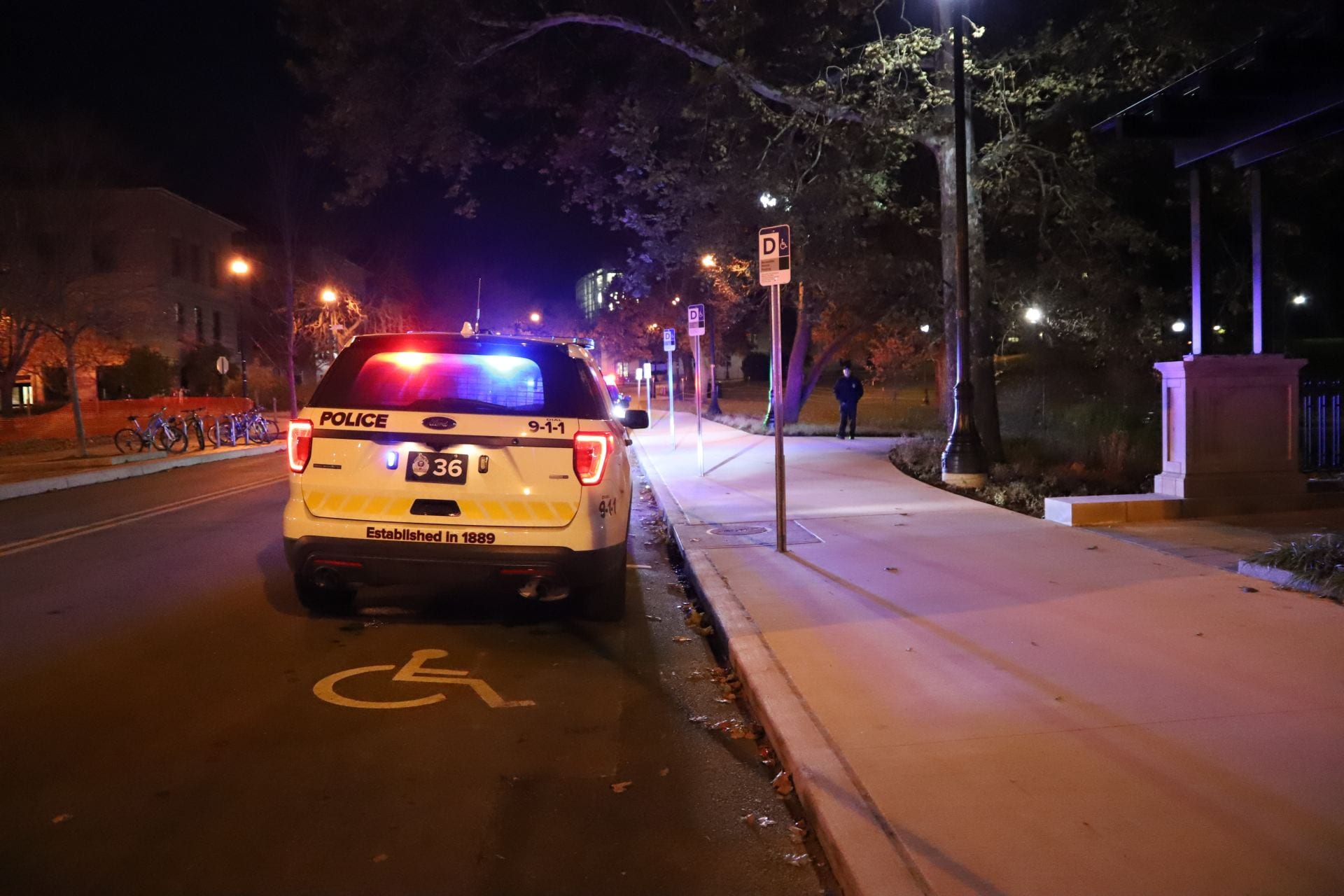Americans love special effects. Terrible movies can be saved by incredible special effects. Good effects are often used to cover up bad acting. We also hold a fascination with watching our own country getting destroyed. Think back to when “Independence Day” was released in theaters. Everyone saw that movie, and the destruction of national monuments was the most shocking part.
With these two factors in mind, “The Day After Tomorrow” measures up to be one of the greatest movies of this summer. With mind-blowing special effects and a plausible storyline, this movie has to be good. On top of this, prominent locations across the country are demolished by storms of all kinds.
When you combine these two factors, one should (in theory) have a great movie. However, it was a surprise to leave the movie theater, head shaking in disgust. I honestly felt cheated out of my $6.50. And all the best parts of the movie are shown in the commercials you can watch for free on TV.
Worst movie of the summer. But the special effects are stunning.
The movie starts with a group of scientists working in the Arctic that nearly dies when the ice gives way right under their feet. Through paleoclimatologist Adrian Hall, played by Dennis Quaid, we learn that due to global warming, the Atlantic current is being disrupted and bringing in more cold water from the arctic. This eventually leads to our planet heading into a new Ice Age and the visible destruction of Hollywood and New York City.
If this is a little hard to follow, don’t worry. The “how” question is not as important as the end result. Hall’s early attempts to warn the government were rebuked by the vice president, who appears to be the bad guy in a story without villains. Of course, the politician doesn’t listen to the scientist, and of course: The scientist is correct.
The end result is the entire Northern Hemisphere is covered by snow and ice. Hall advises the president, as storms rage outside, that everyone must evacuate the southern states. It is never more specific than this – simply the southern states. Presumably this includes Kentucky, but we never do find out which states get to survive and which do not. Northern states are simply screwed, and find themselves buried under massive amounts of snow and ice.
The devastation is felt worldwide as well. All countries in the Northern Hemisphere have to move to what are described as “third-world” countries, in a touching display of unity. It is a great scene when you see Americans crossing the border illegally into Mexico.
But the important question is: What about the children? Here is where the awful acting comes in. Hall’s son Sam, played by Jake Gyllenhaal, is stranded in New York City with the other members of his quiz bowl team, including a girl he has a crush on. As the ice and snow mount, they barricade themselves inside the library and burn books to stay warm. When Hall learns of New York’s fate, he vows to go after his son and save him. This brings the drama down to a more personal level, as you see how the newly changed climate will affect everyone.
But a movie would be nothing without foreshadowing. When the storm first hits, some workers at an animal shelter stumble inside of their building only to see the wolves have escaped. This obviously foreshadows later events when Sam and friends have to go onto a freighter frozen in the middle of New York City to get medicine for his sick girlfriend and get attacked by wolves.
Yes. Attacked by wolves. All high expectations for this movie were destroyed by dreadful dialogue, cheesy drama scenes and uninteresting characters. Audiences will learn two things from this movie: Global warming will eventually change life as we know it, and beware of the wolves. All this could be found out watching the Discovery Channel for free.


